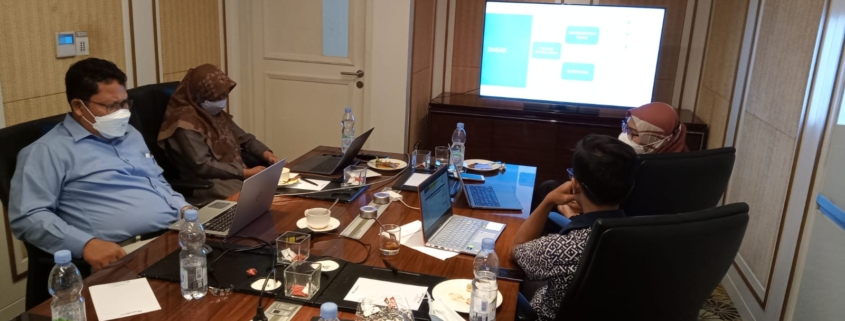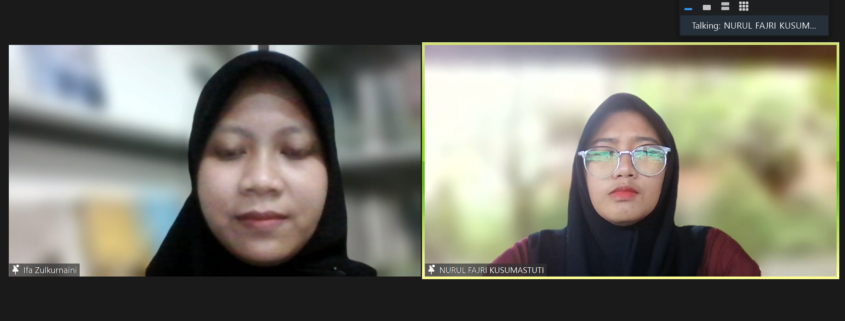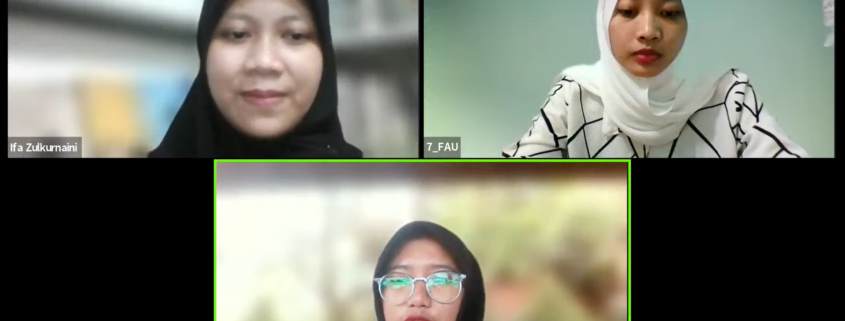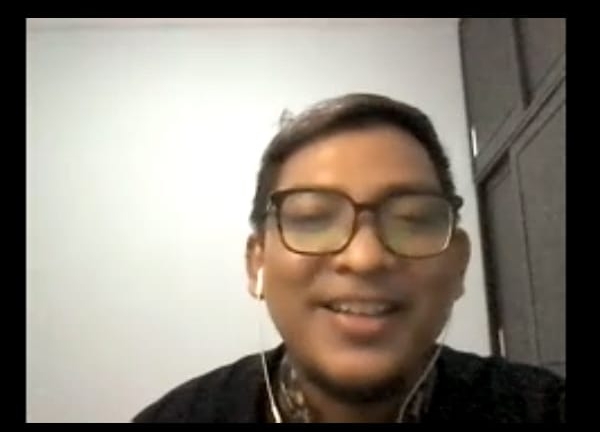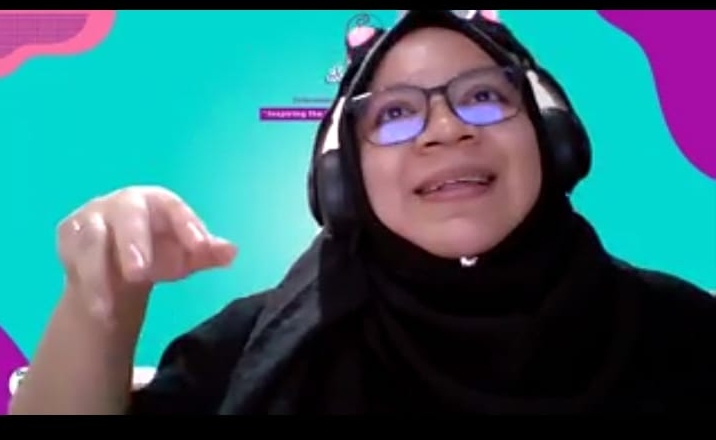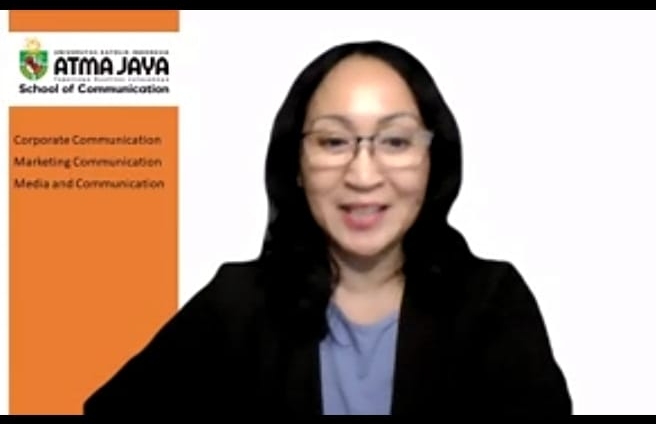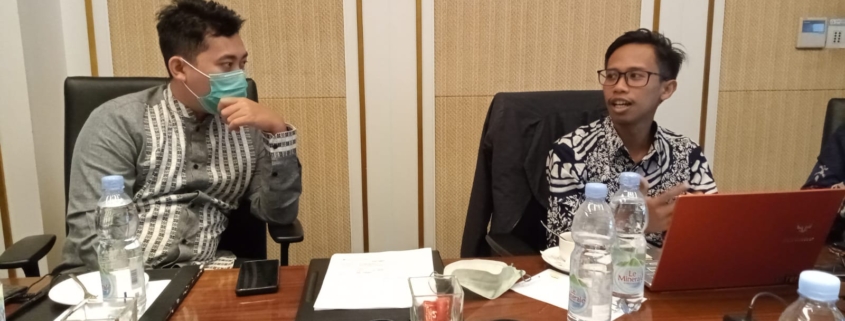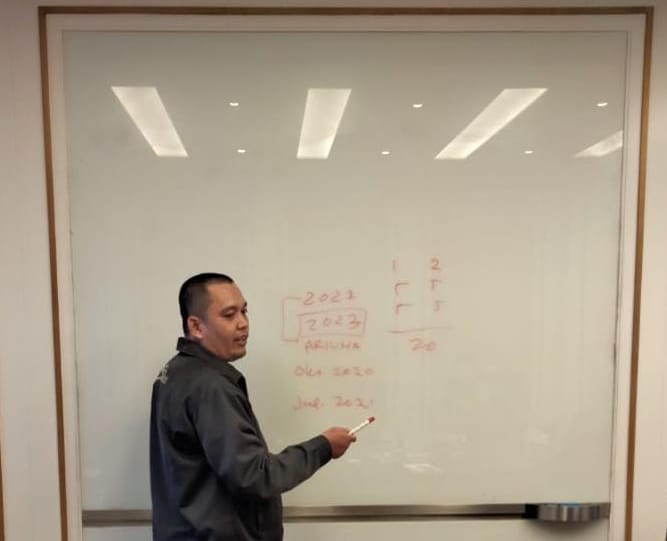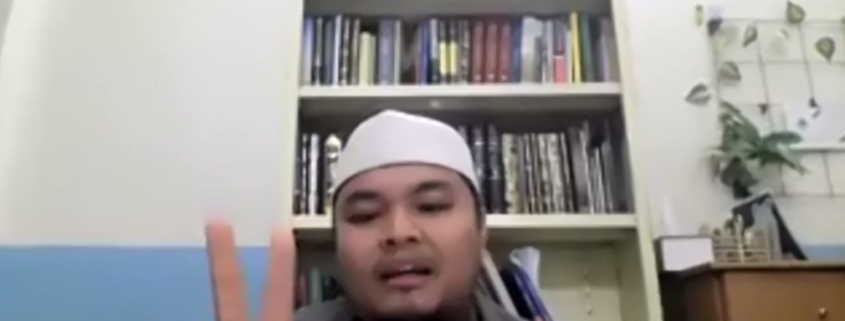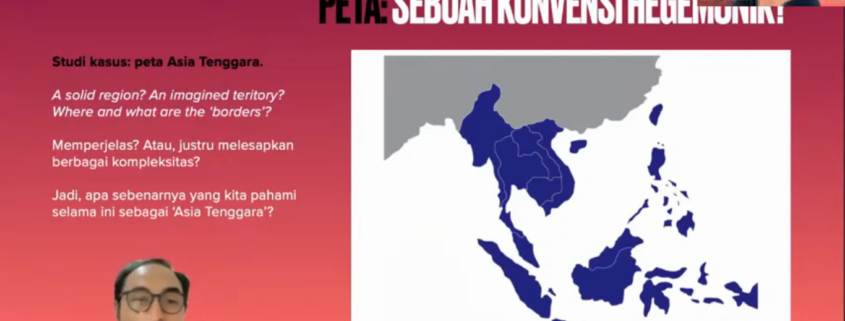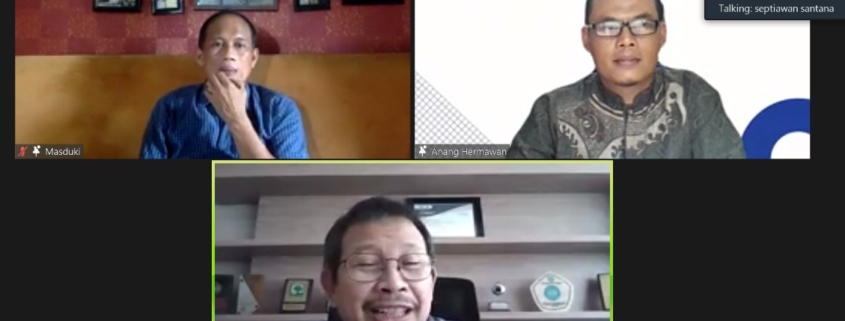The last stage in journal publishing is the one that most often makes people complacent. Usually, when the deadline comes out, people have exhausted a lot of energy, and their focus also begins to decrease a lot. Many minor mistakes from a technical point of view, from manuscript layout to simple details such as grammar, were missed towards the end of the journal’s publication.
For this reason, the Journal and Scientific Paper Publication Management Unit of FPSB UII held Language Training for journal staff within the FPSB environment. Participants came from the management of the UII Communication Journal, Psychological Journal, Asian Journal of Media and Communication/AJMC, Psychological Intervention Journal, to the journal that will be republished, namely JEE (Journal of English Education) belonging to the UII English Education Study Program. This training is expected to improve language skills to become the last gatekeepers before the publication in the future.
“I plan to hope that these staff members can help become proofreaders at the end of the technical stages of journal publishing. Meanwhile, the lecturers who are editors can focus more look at the substance of the manuscript more deeply,” said Puji Rianto, Head of the FPSB UII Journal and Scientific Paper Publication Management Unit, at the OJS Workshop and FPSB UII Journal Management Proofreader on December 15, 2021, in Yogyakarta.
According to Puji, some mistakes that often go unnoticed appear in several forms. For example, sometimes, there are manuscripts whose paragraphs are broken during the layout process. The second example is typos and citations. Sometimes this error is not visible because it is too detailed and inserted. Saturation of looking at scripts and computer screens is also often the cause. “Therefore, I suggest we can go back to using printed dummy checks. Usually, this can help make it easier for us to find these small mistakes,” said Puji Rianto. It is hoped that this minor error can be minimized and improve the quality of journals at FPSB UII.
The following error is on the grammatical side. For example, you are writing commas, compound sentences, hyphens, writing acronyms, and first-person pronouns. Writing your words must use capital letters. “Also, note that there is no hyphen at the beginning of the sentence. Even if there is, it must be followed by a comma,” continued Puji Rianto.
Another thing that must be considered is the consistency in writing the identity and environment. Does he use English at the beginning of the title, the second line, or only in the abstract and others. This consistency is often missed because writers often fail to follow the environment in journals at FPSB UII.

